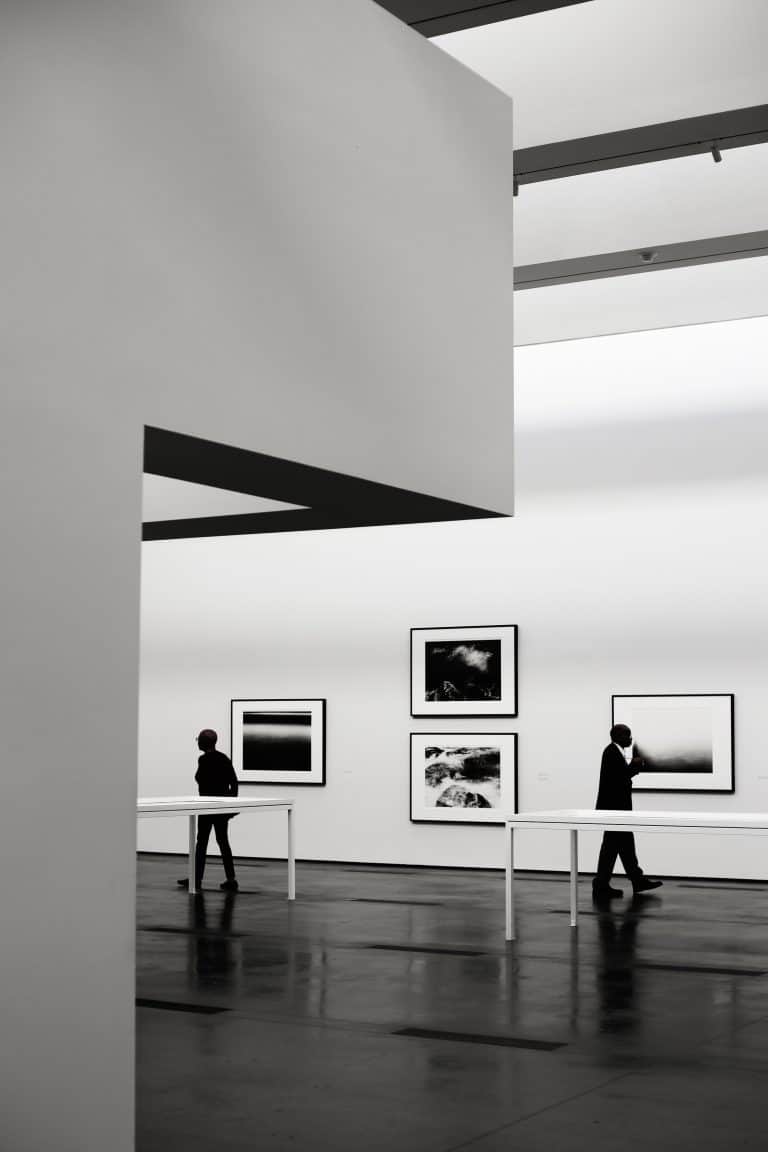ONLINE MARKETING STRATEGIES FOR ART GALLERIES
The Right Marketing Strategy for Your Gallery.
Art World Marketing is a leading online agency for the art market, working with art galleries worldwide. We drive website traffic, art sales and gallery visits by working on the online presence of the art world.
A Digital Marketing Strategy for Your Gallery.
The art community is expanding at a breakneck pace. As a growing number of (online) galleries and talented artists wish to build their online presence and present their work, having the right marketing strategy is key in the art world
Developing an Online Marketing Strategy for Galleries can be tricky for those who do not possess a great deal of experience: 6 tips for your gallery’s digital marketing strategy.

1. Emphasize the Artist At All Times.
One potent online marketing strategy for galleries involves placing a great deal of focus upon the artists themselves. This is important, as viewers wish to establish an “organic” connection between the individual and the work being displayed. Such an approach can also be beneficial in regard to creating a loyal fan base. Of course, numerous followers will likewise help to increase the inbound traffic associated with the gallery itself.
Take the next steps with your gallery's online presence
Get in touch to discuss how Art World Marketing can help build your gallery’s online presence.
2. It's All About the Website Presentation.
Let’s assume for a moment that your site contains numerous works from a host of upcoming artists. If this content is not easy to see, your efforts will inevitably fall upon deaf ears. So, a bit of technical prowess must come into play. This often involves common issues such as website navigation and how the images themselves are displayed.
Ideally, the homepage of the site should contain all of the most important elements. Examples include a navigation menu, any late-breaking news (such as a featured artist) and a means to contact a customer service representative. Visitors who are provided with a streamlined experience will be more likely to interact with what it is that your gallery has to offer.
3. Actively Engage with the Audience.
Any website related to art should not remain static in terms of its visitors. In other words, it is crucial to interact with those who are interested with what is being presented. This very same principle applies to all types of e-commerce. So, a comprehensive online marketing strategy for galleries must include some means to regularly speak with users. Examples can include an embedded chat widget or the sheer scope of social media. This also brings us to the next major point.


4. The Power of the Spoken (Digital) Word.
Even the simplest online marketing strategy for galleries should include social media as one of its primary facets. These platforms will provide exposure to a truly massive audience and perhaps more importantly, they offer an excellent method to obtain real-time feedback. Which website pages are the most popular? Have any specific works garnered the lion’s share amount of attention? What does the average visitor have to say about the art being displayed?
This type of feedback is invaluable if you hope to make informed decisions at the right times. Let’s also remember that gallery owners and curators who interact with their audience base are more likely to develop steadfast followers; another way to ensure that the material will be shared amongst even more social media users.
5. Make Use of Aesthetics.
An additional online marketing strategy for galleries displaying art involves how the pieces themselves appear to the end user. Ideally, they should be offered as high-definition images. Many portals also provide the option to zoom in; particularly when referring to paintings. If your site is more centred around sculptures and other three-dimensional artwork, it could be wise to embed a tool which provides 360-degree views. This offers a truly “hands-on” feel to what might otherwise appear to represent nothing more than a rather flat image.
It is just as wise to think slightly outside of the box in terms of where the latest artists are being displayed. For example, third-party platforms such as Instagram and Pinterest have become invaluable assets within the online art community. This is why major institutions such as the Metropolitan Museum of Art (MoMA) have garnered well over two million followers in recent times. So, why not leverage all of the benefits that these portals have to offer? Such accounts can also be linked back to your main website. This is important in terms of search engine rankings for galleries.

6. Finding the Correct Online Strategy for Galleries, and Embracing the Big Picture.
Ideally, the methods outlined above should be used in conjunction with one another if you hope to see results. The online art community continues to gain popularity and this trend shows no signs of slowing down. So, it pays to remain one step ahead of the curve!
Take the Next Steps with Your Gallery's Online Marketing.
Talk To One Of Our Experts.
Send an e-mail to Emile directly. He’ll get back to you as soon as possible.
